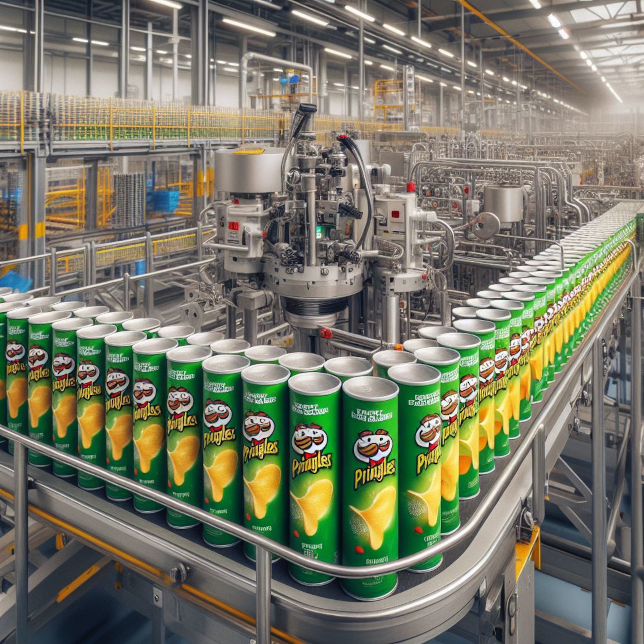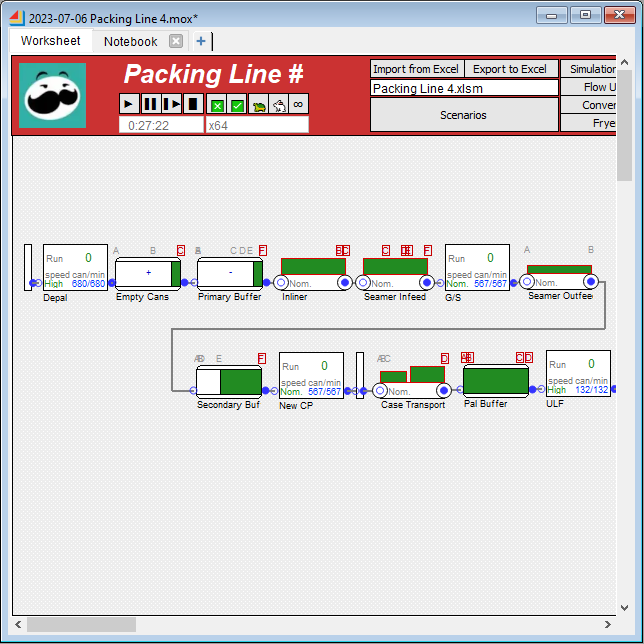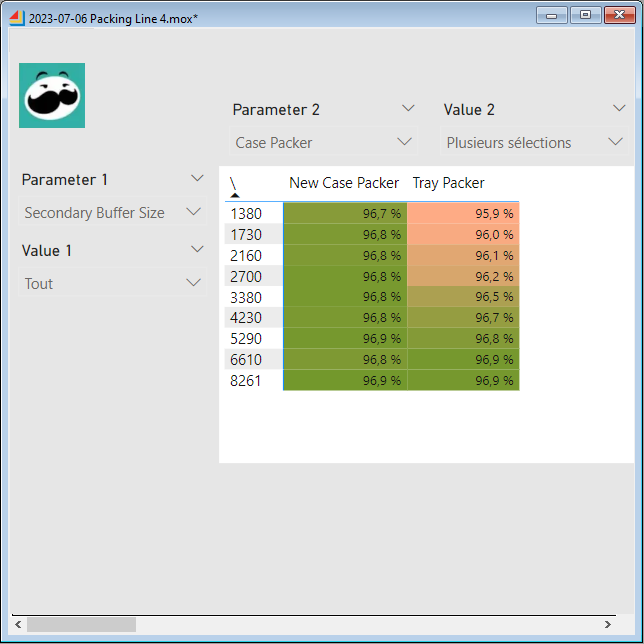What kind of modeling, what kind of simulation?
With simulation, one can experiment with ideas, changes, hypotheses, often with great accuracy, at relatively low costs, and better understand the behavior of a system under various conditions.
To model (reproduce) -> To simulate (calculate)
In the flow simulation approach, we first build the software prototype, ie a model that faithfully reproduces the system that we want to study. This is the modeling part. The operation involves knowing specific software, but also a methodology for analyzing a system. It also means to limit the future model to what is necessary and sufficient to properly answer the questions that arise. The model is reminiscent of a flow map, but it integrates much more data (in particular often complex decision rules).
On this model, we will experiment with several scenarios, over a certain period of time: this is the simulation part. Visual and numerical indicators help to understand the behavior of the model that is running before our eyes. It considers a system in a comprehensive and dynamic manner, analyzing its flows (whether they are continuous, discrete, mixed or by batches) and spotting bottlenecks, saturations, underuse of resources or increase in cycle times. By changing hypotheses, causalities are made explicit, and you manage to choose an optimized scenario, in a vision close to reality.
The simulation takes into account the dynamic behavior of the system: schedules & shifts, breakdowns, resource sharing, random phenomena, etc. Simple calculations not taking time into account would miss many phenomena.
Dynamic simulation covers a vast family of problems in the industrial or tertiary world: investment sizing, workshop management, flow management, capacity or safety studies. This approach has been tested and developed for all improvement and optimization processes, with both flexibility and precision, at a reasonable cost.
1Point2 has been using simulation techniques with enthusiasm for over 25 years, adapting them to the specific features of each sector – chemistry, iron & steel industry, car components, consumer goods, customer services. 1Point2 has developed specific skills related to pedestrian flows (public access buildings) for safety, evacuation or users’ comfort purposes.
Learn more about simulation …
- by reading Gestion de flux en entreprise – Modélisation et simulation. Editions Hermès 97 – JF. Claver – J. Gélinier – D. Pitt. This book in French presents the challenges, applications and concepts related to simulation.
- by visiting a website dedicated to industrial simulation: useful information, methods to share, technology watch – industrial-simulation.eu



